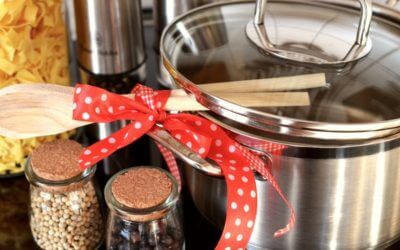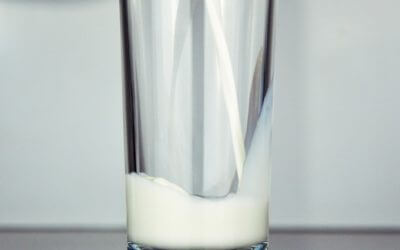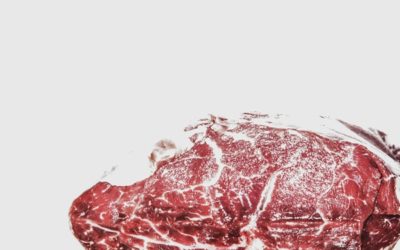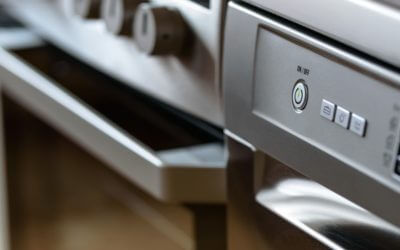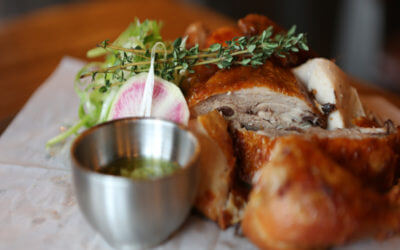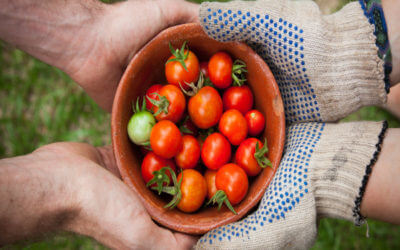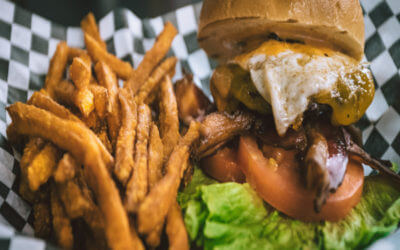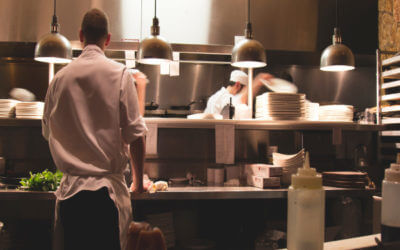5 Steps to Cutting Food Waste from Your Kitchen
August 15, 2017Food waste is a problem around the world.
Taking steps to prevent food waste in your kitchen doesn’t just make your restaurant more morally strong; it can also help you save money on ingredients and attract more customers. Here are some steps you can take to reduce food waste in your kitchen.
1. Track Your Food Waste
Tracking is the first step because it shows you whether you are making progress on reducing your waste. It also helps you to find out where the waste is coming from. Create a team that specifically looks for food waste at the end of each day. Also ask staff members to take notice of where the most food waste they see is coming from.
Your team is your best asset.
2. Educate Your Staff
You know how we said your team is your best asset? Well, they can’t be your best asset if they don’t know what is going on or how they can help. Educating your staff on the benefits of reducing food waste and what they can do to help will get them ready to be a part of the operation to cut your food waste.
3. Start Composting
Composting turns food waste into healthy soil additive. Many cities have started programs where residents and restaurants alike can compost. You simply separate all your food waste and send it to a compost facility. If your city doesn’t offer it, there are private companies and farms that will accept food waste to help them create fertile soil.
Composting allows your food waste to go towards creating something productive.
4. Incorporate Leftover Food in Meals
If you find you have a bunch of vegetables left over during the day, consider throwing them into a soup and serving it as a special. Adding some flexibility to your menu items can also give you the freedom to use foods that otherwise might end up in the trash. For example, having a salad on your menu that includes “seasonal vegetables” allows for different variations of the same menu item, allowing you to get more out of your kitchen ingredients.
5. Measure Types of Food
Sure, you have food waste, but what kind of food waste do you have? Is it lettuce scraps? Unused pasta? Knowing what type of foods you have left after a day of hard cooking lets you know what you can do with it. Is it food you could incorporate into other meals? Is it inedible and needs to be composted? Is it something you could provide to those who are homeless?
By measuring your food waste and separating it, you can determine what needs to be done.
Properly reducing and reusing food waste will help your restaurant become more sustainable. It will also attract the crowd of diners that appreciates the fact you are doing your best to help the environment.
What’s in a Cooking Pot, How to Choose the Right One?
As a restaurant owner, your cooking needs might vary. Did you know that a good quality pot can greatly improve your cooking experience, while also improving the quality of your cooking? This cooking equipment is a very important one that cannot be done away with...
5 Things Every Restaurant Owner Should Do Before Buying Used Kitchen Equipment
Equipping your restaurant properly can cost a lot of money, so buying used kitchen equipment is the go-to choice for many restaurateurs. Buying used kitchen equipment for a restaurant is a bit different than buying used equipment for your home, however. You will...
Top Restaurant Technology Trends in 2018
When looking to buy restaurant supplies, you want to be on the leading edge of technology trends. This will keep your kitchen running smoothly. Let’s take a look at some of the most recent trends in restaurant supplies technology. 1. New Payment Options Who would...
5 Different Ice Shapes and Why You Should Care About Them
Ice makers are very popular in the restaurant and foodservice community because they eliminate the need to buy ice every day. And of course, adding an ice maker to your collection of foodservice equipment means you will always have ice on hand when you need it. An...
Pulping and Grinding: A Starter’s Guide to Reducing Commercial Food Waste Costs
For most restaurant owners and managers, the expenses involved in making meals are always under careful consideration. Water is needed to prepare, cook and wash food; power is necessary for food prep, cooking and cooling, and so on. However, how many of us consider...
Choosing the Right Milk Cooler: Cold Wall or Forced Air?
In a restaurant, milk is an essential to have on hand for coffee and other café-style beverages, for serving with kids’ meals, and as a key ingredient in many recipes. Keeping your milk properly chilled can be difficult without the proper restaurant equipment....
How to Choose Your Next Commercial Meat Smoker
The movies that connect with us on a personal level are the ones that linger in our memories forever. Anyone who has used a commercial meat smoker knows that they have a huge influence on the taste of a meal. You need to have just the right kitchen equipment to get a...
Are High Speed Ovens Too Good to be True?
You might have heard a few of the bold claims that foodservice equipment manufacturers have been making about high speed ovens, but they can’t be possible, right? Cooking three times as faster as regular ovens? Five times as fast? Fifteen times as fast? It may seem...
Choosing the Right Food Storage Containers for Your Restaurant
Choosing the right kitchen supplies will make a difference in your restaurant. Whether it is heavy duty kitchen equipment or food storage containers, each piece of equipment plays its own important role. Today, we are going to talk about how to choose the right food...
Tipton’s Guide to Perfect Poultry Trussing
Do you ever truss birds in your commercial kitchen? Trussing is a fantastic cooking technique because it makes poultry cook faster, look more attractive and taste better. If your commercial kitchen prepares poultry, you don’t want to miss these trussing tips. Trussing...
How to Eliminate Excess Condensation in Your Kitchen
Is your commercial kitchen getting steamy? If so, you could have more than just an uncomfortable working environment on your hands. Excess moisture in your commercial kitchen can result in the corrosion of equipment, the development of mold, and even damage to your...
The DIY Guide to Your Restaurant’s Own Garden
Stocking your restaurant supply with your own home-grown herbs and produce can truly bring your dishes to life. When it comes to food, everyone knows there’s nothing like homemade and home-grown. Having your own culinary garden, however large or small, can help you...
5 Reasons a Meat Grinder Will Set Your Burgers Apart
The more you do to prepare your foods in-house with the right kitchen equipment, the fresher and more flavorful your dishes become. There are all sorts of restaurants offering fast-food style burgers, but some diners are looking for the real deal. A fresh, juicy...
Pest Preventions to Implement in Your Commercial Kitchen
Restaurant pests: it’s something that few people want to think about. Like it or not, pest management is an essential consideration for every commercial kitchen. Offering food, shelter and water, the unprepared commercial kitchen naturally provides everything pests...
Choosing the Right Material for Your Cooking Equipment
Kitchens are very unique to their chef. Just like a car mechanic has a toolbox unique to them, so is the cooking equipment in a kitchen. And over time, the same cooking equipment become a natural extension of the chef. What tools are you using in your kitchen? It...

